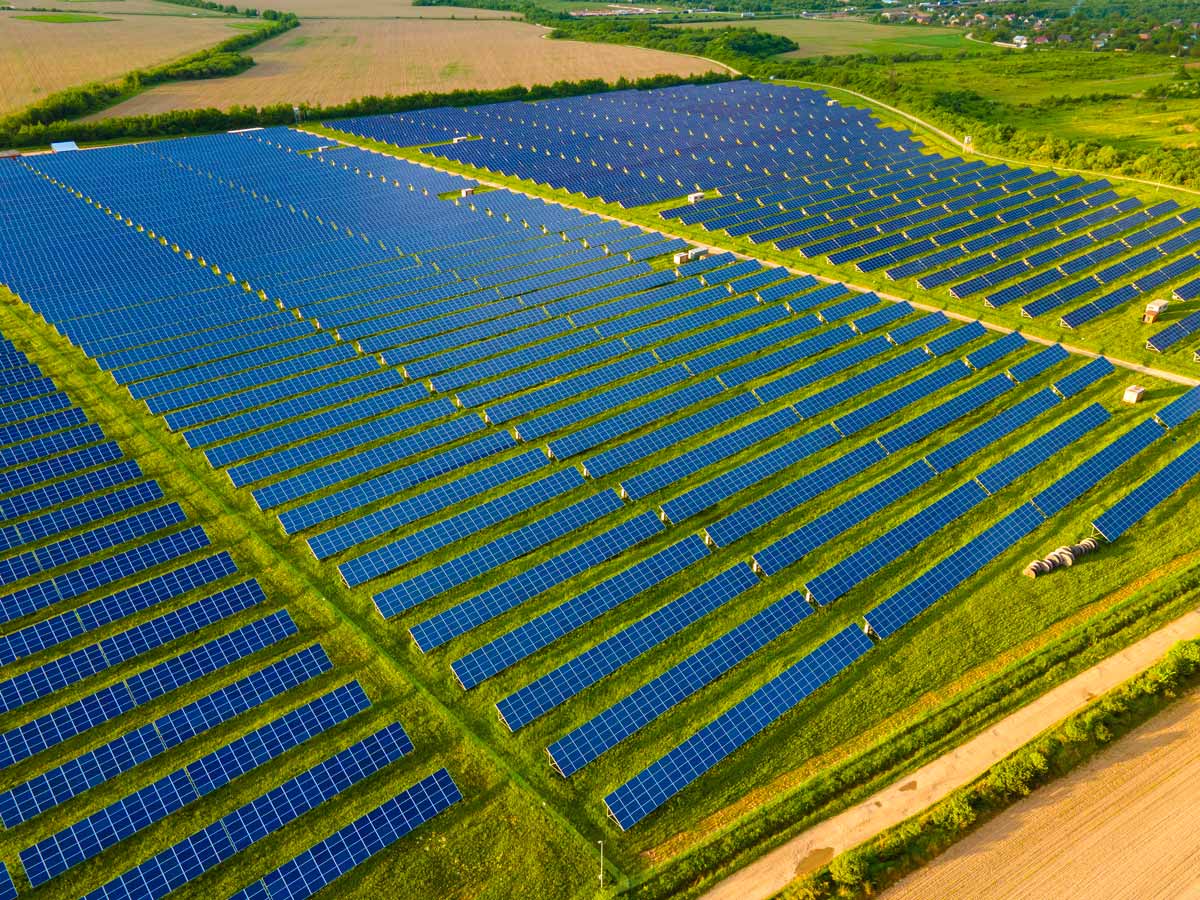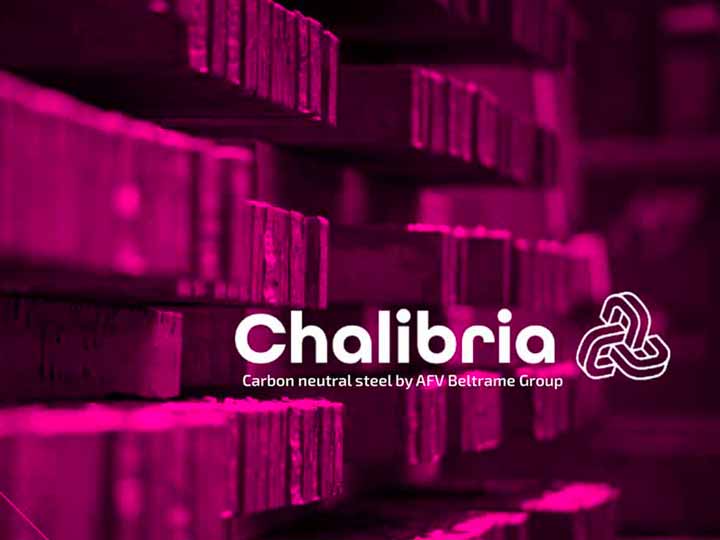Carbon Neutrality
To reduce the greenhouse gas emissions of energy-intensive sectors, a number of tools have been introduced over the years. One of the most important is certainly the Emission Trading System (ETS), introduced in 2005 by the European Union for the transaction of CO2 quotas.
The ETS is based on the “cap and trade” principle, which provides for a total cap on the emissions permitted in Europe which corresponds to an equivalent number of emission “quotas” (1 ton of CO2 equivalent =1 share or EUA). The total amount of allowances available to operators (cap) will decrease over the years, effectively forcing a reduction in greenhouse gas emissions in the industry and aviation sectors.
On 11 December 2019, the European Commission presented the communication on the “European Green Deal” to the European Parliament. The European Green Deal includes an action plan to:
- promote resource efficiency by moving towards a clean and circular economy;
- restore biodiversity and reduce pollution.
The document outlines the necessary investments and available financing instruments and explains how to ensure a just and inclusive transition. Each EU member country is required to prepare a targeted action plan to achieve the proposed sustainable growth objectives.
The EU aims to achieve climate neutrality by 2050 and a net domestic reduction in greenhouse gas emissions of at least 55% (compared to the 1990 level) by 2030.
For this reason, the States but also the single economic entities must commit themselves to achieve the foreseen objectives. In July 2021, the European Commission published the “Fit for 55” package, containing the action plan for achieving the objectives set in the Green Deal. In particular, the climate directives have led to a revision of the European emissions trading system (ETS), reducing the limit of emissions allowed on European territory (limit destined to further decrease by 2.2% per year).
These and many other subsequent measures have forced companies to take action to avoid incurring additional costs and to comply with increasingly stringent regulations.
RELATED






